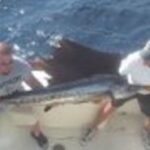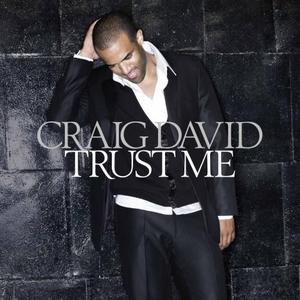For many fly fisherman fishing small streams is their bread and butter. These streams may not always yield the largest fish but often times they are the prettiest fish. Plus with small streams a fisherman will be doing just as much exploring as they are fishing, and for most that’s half the fun. These small gems differ from larger rivers and knowing how to fish them is the key to the perfect outing.
First, as always, is the rod, reel and line set up. Reels don’t need to be complicated. A simple click drag system will do just fine, as most of these fish can be landed by hand lining. For rods I prefer shorter rods, 8ft and under, and they don’t need to be heavy rods either. A 5 weight or under will do just fine for these fish. Probably the most part of your setup will be the line. Always use a floating line, as most small streams don’t have deep enough holes to covet a sinking line. Next is your leader and tippet setup; this differs greatly from large river setups. Use a shorter setup, where your leader and tippet is 7 foot long at the maximum. I will often use just a 5-foot leader with a foot of tippet. Shorter leader will help in two ways, they will help in staying out of the trees and bushes and they will also aid in casting. With a shorter leader it’s easier to get more of the fly line out in the confined spaces you can expect on a small stream, more fly line out makes it easier to cast.
Next a fly fisherman must understand how to fish a small stream. First don’t plan on standing in one spot all day and catch fish the whole time. Trout in a small stream are spooky and approaching them properly is the first key to success. Always walk upstream and make your casts upstream as well. Trout face into the current, so doing everything downstream of them to avoid spooking them. Keep moving as well. If you don’t have success after a few casts to a spot move to another one. Most likely if their were any fish there you will have spooked them after a few casts. Approaching the stream is the most crucial part of small stream fishing; if you spook them you won’t catch them.
Flies patterns to use vary on the season. Trout in small streams are very opportunistic feeders so they rarely key in on one insect. However early in the season and late in the season they may be less likely to feed on the surface. As always the wooly bugger is my number one choice. Small streamers and nymphs will also work but a size 10 or 12 wooly bugger is hard to beat. During the warmer months trout in small streams usually devour surface insects. Again they rarely get keyed in on one insect, so use attractor patterns. Personally I love to use small stimulators and grasshoppers, but Adams, Coachmans, and Wulfs work very well. A dry fly and a dropper also work well. Normally I will go with a grasshopper and a pheasant tail nymph, but again these fish are not picky.
Next time you are looking to do some fly fishing away from the crowds look to a small stream. They are often loaded with small Brook Trout (which are hard to beat for sheer beauty) and other wild trout that are easy to catch if approached properly. Once you start exploring these seldom-fished gems you are also likely to get caught up in some of the most beautiful scenery that is seldom seen. If solitude and fishing is what you seek, look to a small stream, and as always respect other fishermen in the rare case you bump into one.






